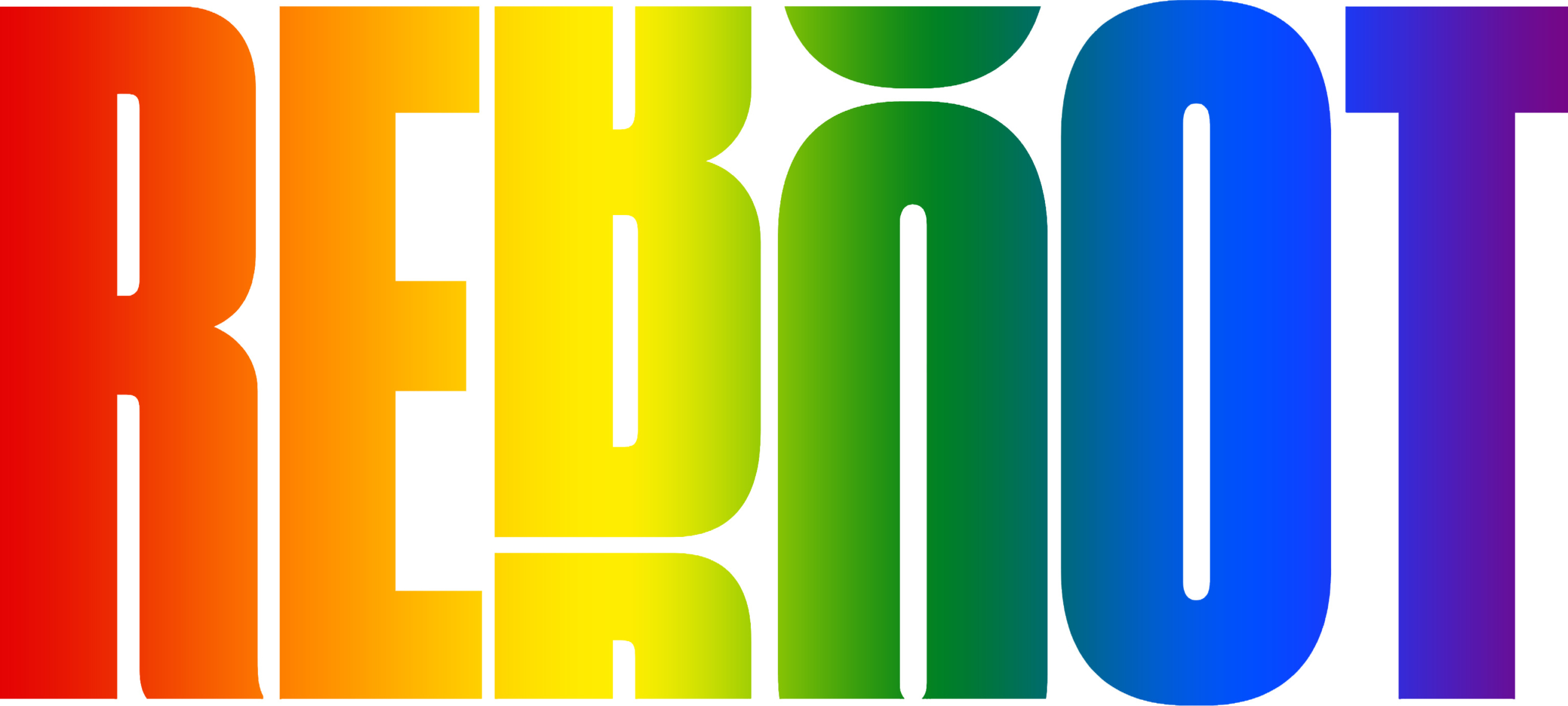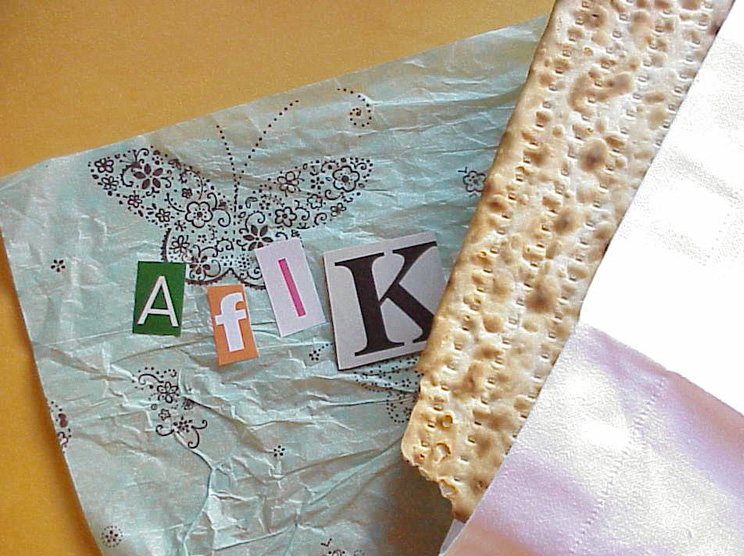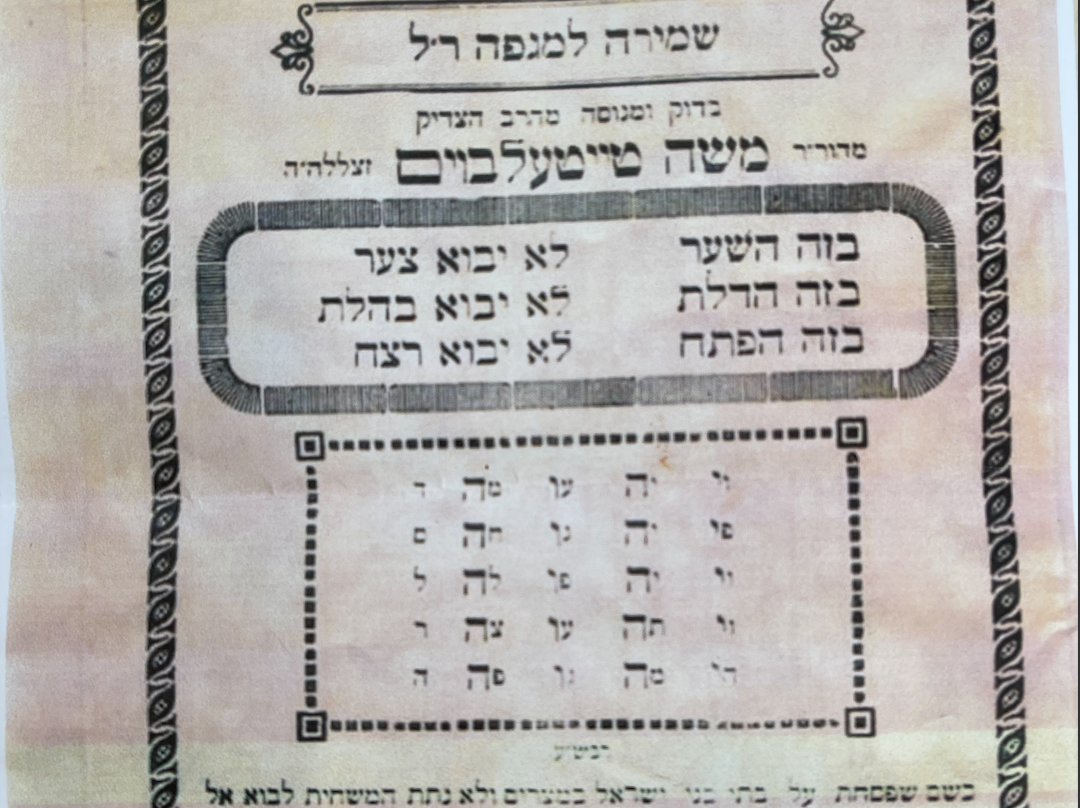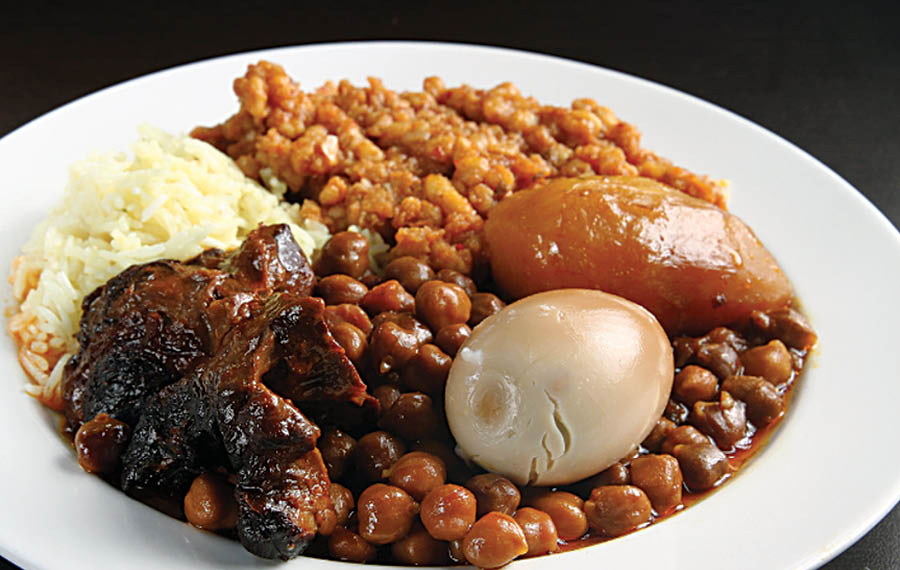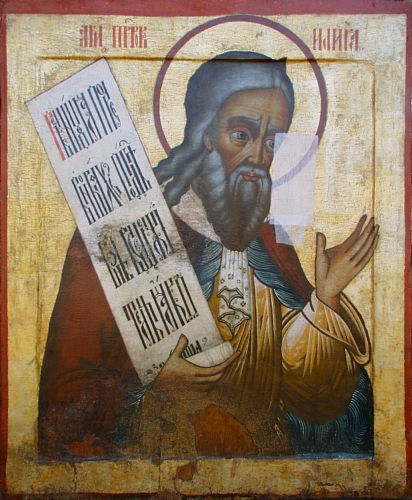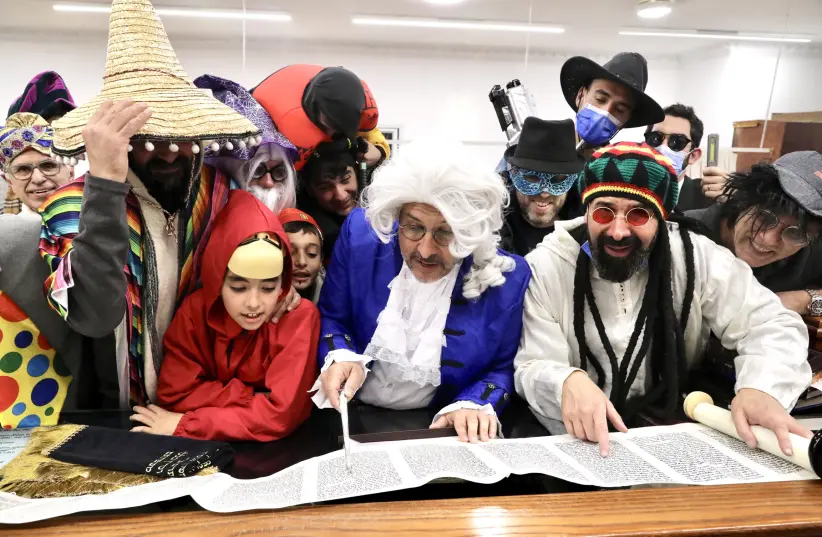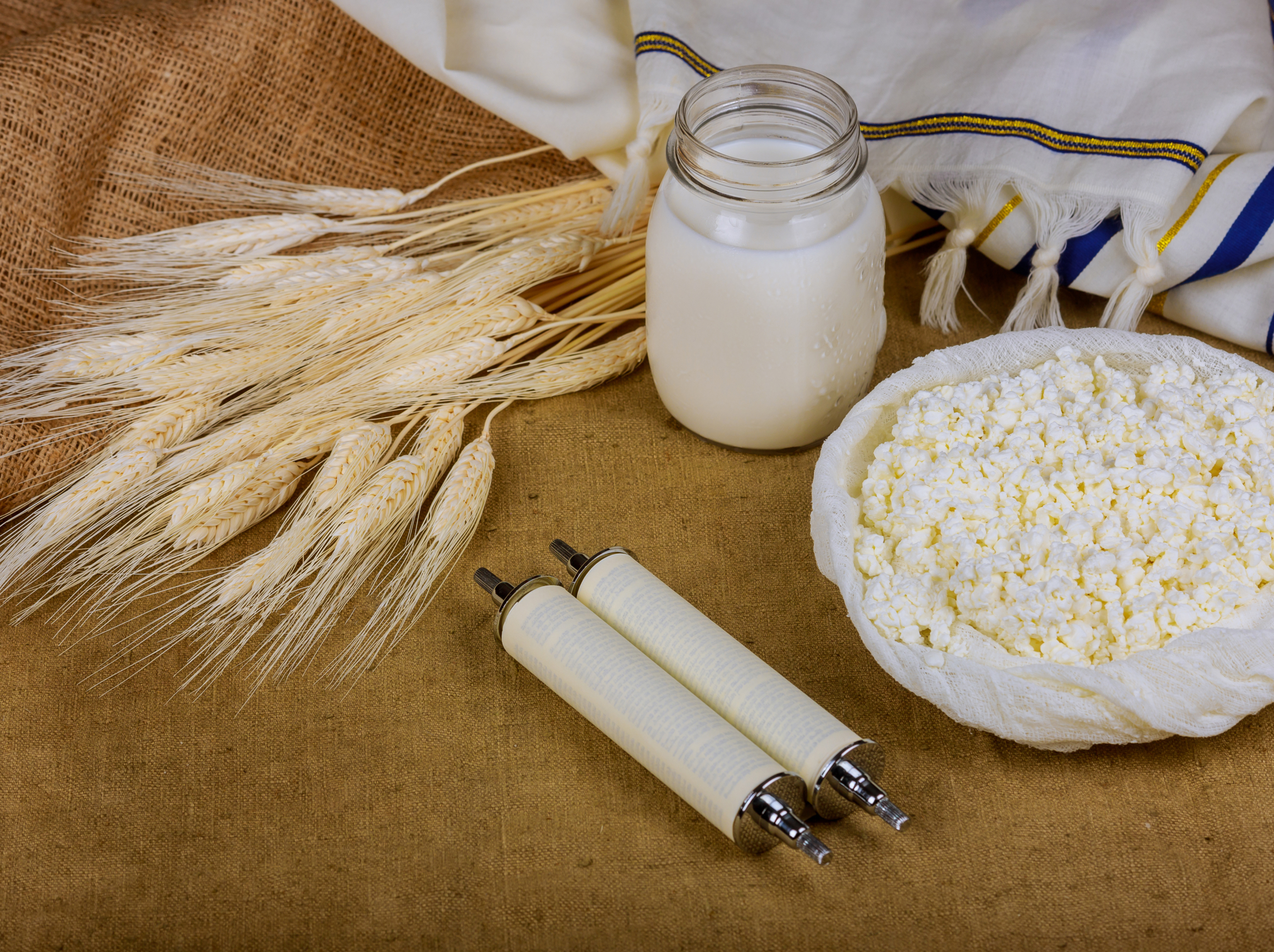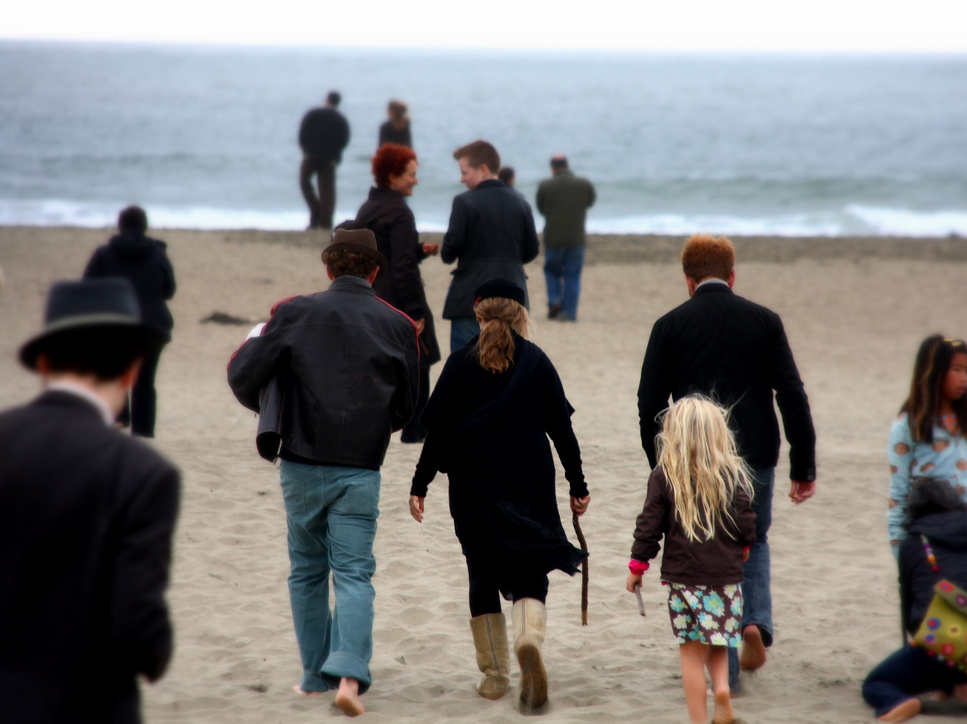Glossary
A growing alphabetical exploration of the Jewish world, rituals, traditions and food, as well as historical and cultural figures of the Jewish people. We will continue to add to and update this glossary to capture the rich tapestry of experiences and practices across the diverse Jewish cultural landscape. Do you have any suggestions? Click here.
For more information on the Reboot Glossary Project, click here.
The Hebrew word for “my Lords,” and plural form of Adon, or “Lord.” Althought it is plural, it is an “emphatic plural” or “plural of majesty” and refers only to one God. Adonai is referenced many times throughout the ancient texts as one of the names for God.
The term Adonai first appears in Genesis of the Torah.
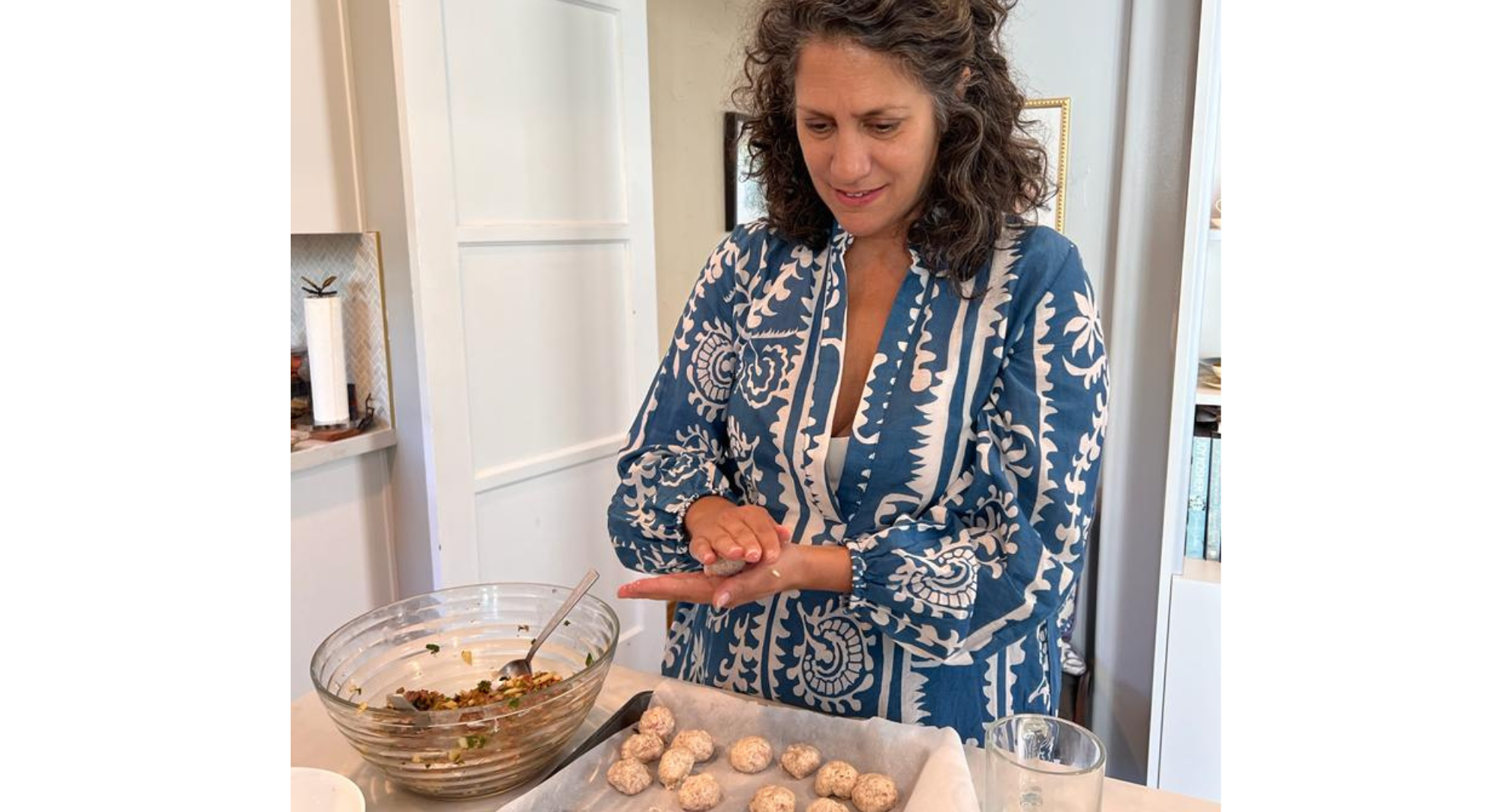
Ashteedak
By Regine Basha
Ashteedak is a Jewish-Iraqi appreciation given to the head cook of the house when a meal is enjoyed by a guest – literally meaning “bless your hands.”
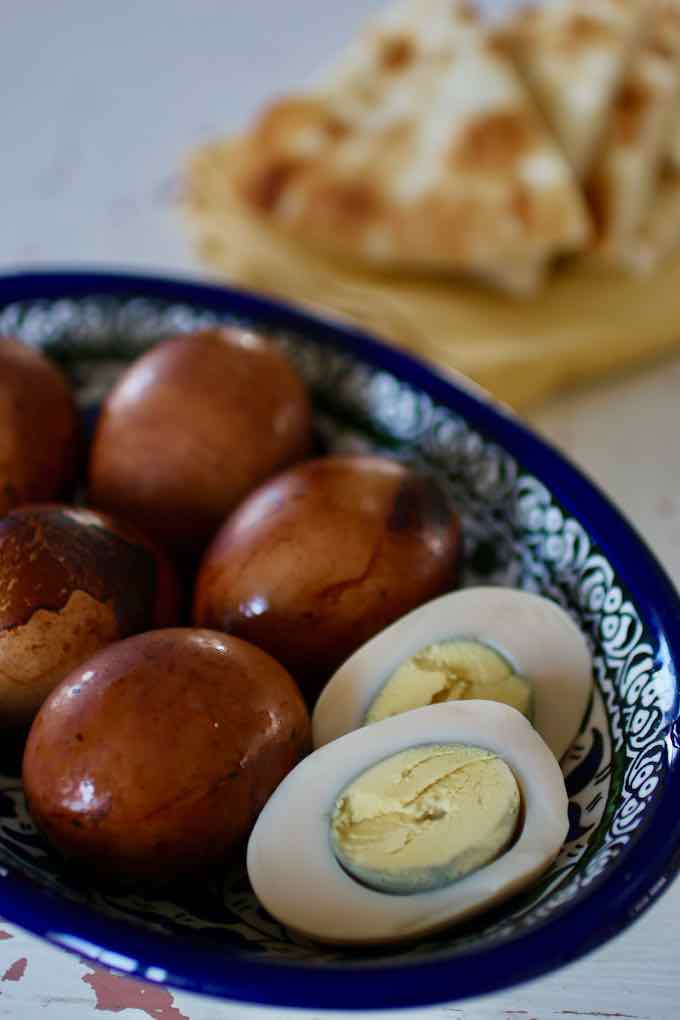
B’ed T’Bit
By Regine Basha
B’ed T’Bit is an Iraqi-Jewish favorite: Hard boiled eggs dyed brown with onion skin that is eaten on Shabbat mornings with the T’bit and thinly sliced grilled eggplant, white cheese and Amba, with or in a pita (Sabich).
B’Frahak
By Regine Basha
B’Frahak is an expression often used within Iraqi Jewish community circles when someone wants to wish you well with the future marriage of your sons or daughters. Often expressed at holiday gatherings or dinners.

Bagels
By Jason Turbow
Bagels are sufficiently ubiquitous to make physical description unnecessary, but let’s do it anyway: They are round rolls, made of flour, yeast, salt, and water. They can be topped with salt, poppy or sesame seeds, or infused with things like onions or (heaven help us) blueberries…(more)

Bar/Bat Mitzvah
By Christopher Farber
Historically, a boy reaching the age of 13 or a girl reaching the age of 12, becomes a bar or bat mitzvah, respectively. The words mean “subject to the commandments,” the spirit of which implies that the person is no longer a child in the eyes of Jewish law, but rather an adult…(more)

Bema
By Becky Adelberg
The word bema refers to the raised part of a podium or an elevated platform typically in a synagogue. It is also used as the altar part or sanctuary in Orthodox churches, as well as the platform where public speakers addressed the citizens and courts of law in ancient Athens…(more)

Beta Israel
By Kendell Pinkney
(Amharic for “The House of Israel”) is the historic name for the Ethiopian Jewish community. According to oral tradition, Beta Israel traces its founding to King Solomon and the Queen of Sheba…(more)
“Black Sabbath” is the first-ever compilation to showcase legendary Black artists covering Jewish songs. Featuring Aretha Franklin, Lena Horne, Cab Calloway, and many others, it uses popular music to shed light on the historical…(more)
Hebrew for “covenant,” bris is a traditional Jewish ceremony where a mohel (or mohelet) circumcises a baby boy on the 8th day. The ceremony includes blessings for the infant and the family.
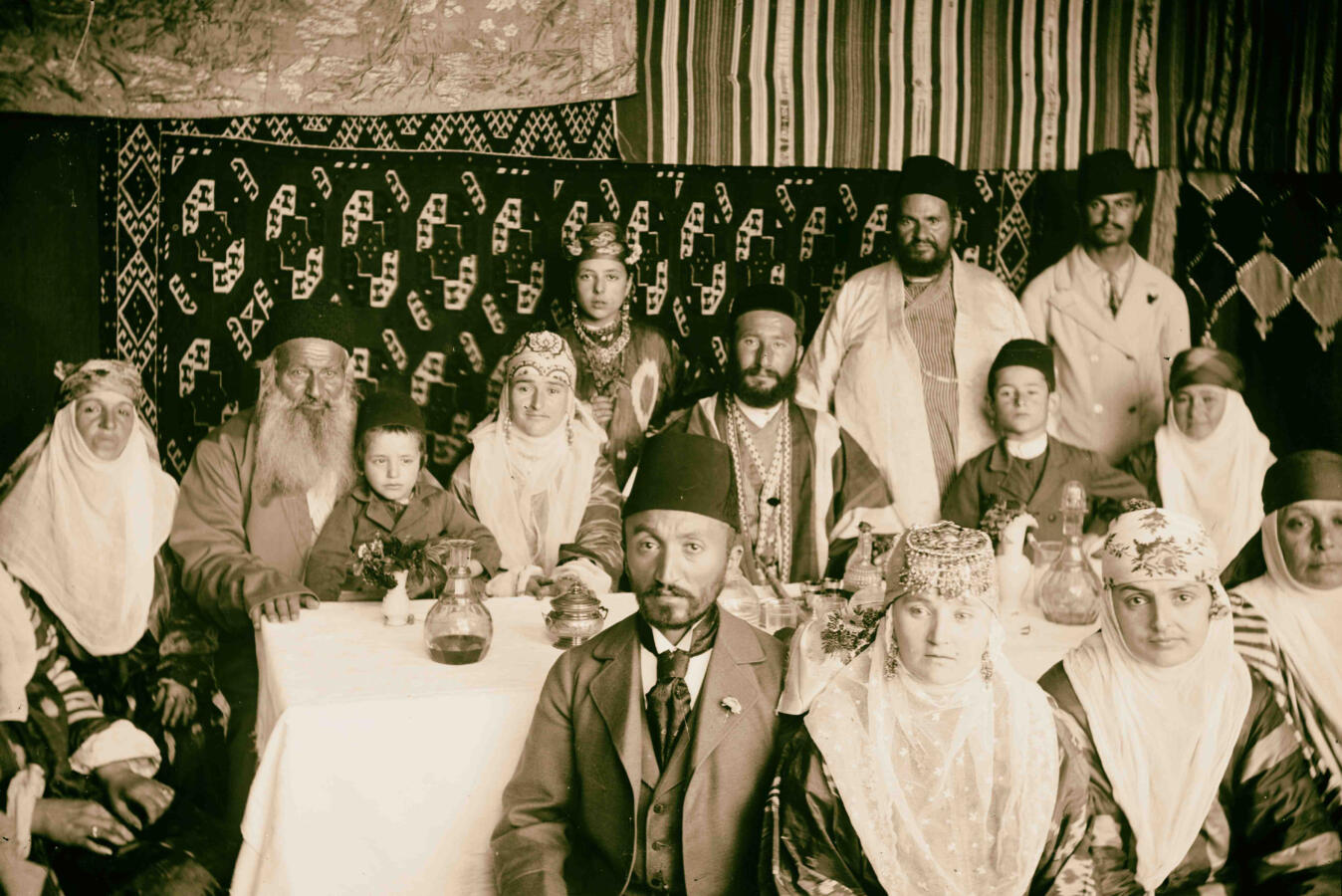
Bukharan Jews
by Tabby Refael
Bukharan Jews (also known as Bukharim) constitute one of the oldest ethno-religious Jewish groups in Central Asia, with current major populations in the U.S. and Israel, as well as smaller communities in Russia, Germany, and Austria…(more)
A Hasidic sect of Orthodox Judaism belonging to a dynasty dating back to 18th century Russia. The group remains highly influential in Jewish communities and maintains a presence worldwide, teaching its values relating to Jewish practice, ethics, and religion.
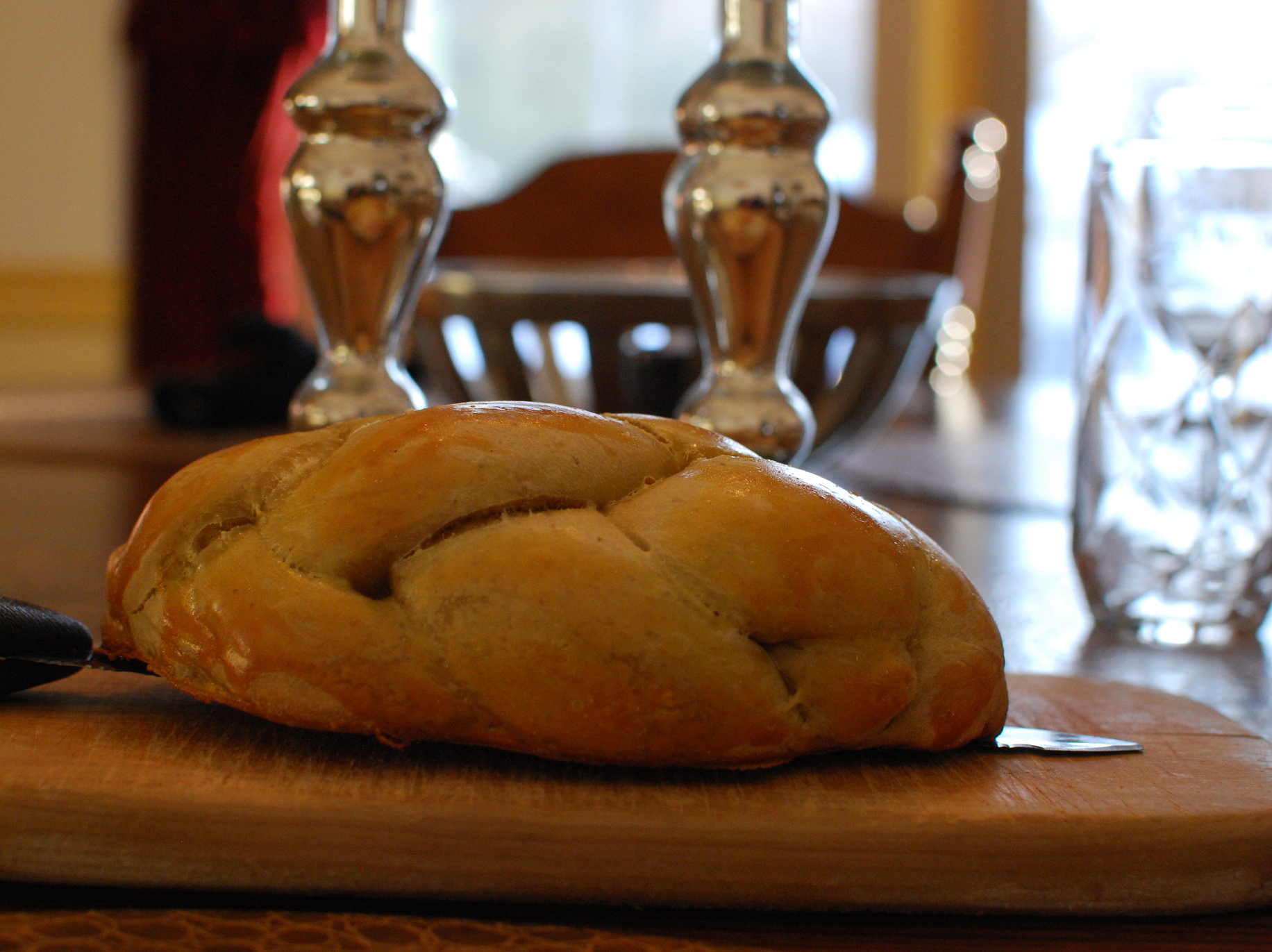
Challah
By David Sax
Challah has a glossy sheen, and a soft, almost cake-y texture, thanks to a significant amount of oil and eggs in the dough, which makes it particularly easy to shape and bake. Aside from serving as a sacramental bread on the Sabbath and other holidays, challah is the ideal foil for toppings and sandwiches…(more)
The traditional canopy that couples stand under during a Jewish wedding ceremony. It’s comprised of a piece of cloth (traditionally a tallit, i.e. prayer shawl) supported by four pillars. The chuppah symbolizes the new home created by the couple’s union. It’s often given special design consideration during wedding planning.
A liberal denomination of Judaism that tries to balance a fidelity to modernity and tradition and religious observance.
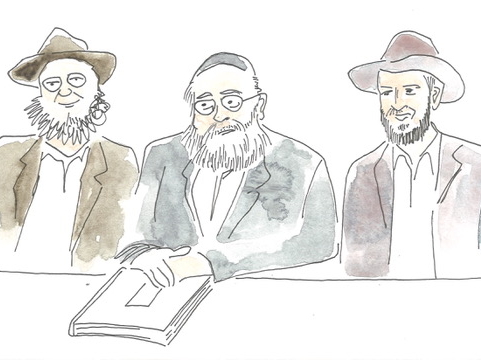
Converting
By Christopher Noxon
The process of converting to Judaism is, like so much else in the tradition, a high-low mix of deep spiritual work and rote, legalistic box-checking. Converting can feel like preparing for a DMV exam, or like a bad day at the dentist, or like the best grad school seminar ever, or like a transcendent…(more)

Dayenu
By Tabby Refael
“Dayenu” is a song recited during the Passover seder. In Hebrew, “dayenu” translates to “it would have been enough,” and the song thanks God for miracles performed during the Exodus, including taking the Jews out of Egypt, providing for them in 40 years of wilderness, and giving the Jewish people Shabbat and the Torah…(more)
The term for the ten days spanning Rosh Hashanah and Yom Kippur.
Jews worldwide observe a diverse array of rituals around death and dying, some dating back thousands of years. Many of these rituals are focused on treating the dead with respect and comforting and supporting those in mourning…(more)
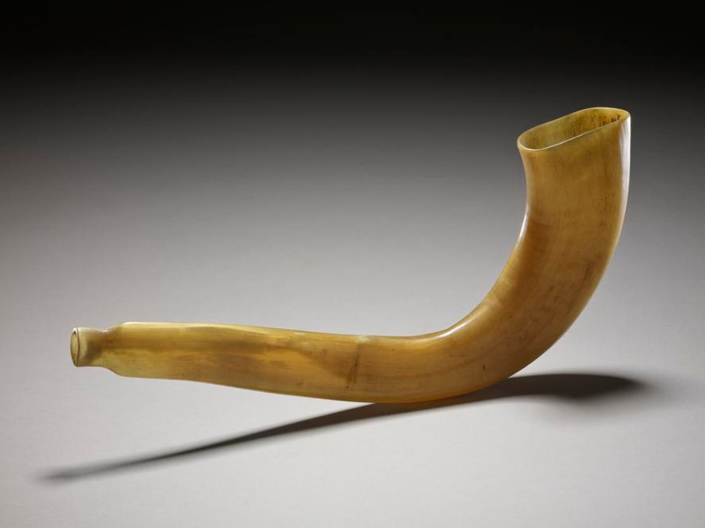
Elul is one of the most spiritual periods of the year for Jewish communities worldwide. Coming just before the Jewish New Year and major holidays like Rosh Hashanah, Yom Kippur, Sukkot, and Simchat Torah, Elul is an important month of introspection and self-evaluation…(more)
An ethnoreligion is a religion where ethnic membership (whether by birth, or a “legal fiction” such as conversion) is an important part of the core identity.
Exodus refers to both the journey of Jews out of Egypt (and slavery) and the name of the foundational text in the Torah. This is one of the most-known stories about Jews and Israel. Moses answered the call of the burning bush, led the enslaved Jews across the desert and seas, and settled into the promised land, which would become Israel.
Farhud
By Tabby Refael
While many people know about the Holocaust that was perpetrated by Nazi Germany against six million Jews, including the terrible toll of the “Kristallnacht” pogrom in Germany in 1938, few know about the deadly pogroms against Iraqi Jews in the early 1940s, called the “Farhud.”…(more)
Four Questions
By Kendell Pinkney
The Four Questions are a series of questions that form one of the central hallmarks of the Passover Haggadah (i.e. the ritual liturgy that accompanies the Passover seder and meal). It’s customary that the youngest person in attendance recites the questions (and their answers) for the rest of the attendees…(more)

Gefilte Fish
By Francine Hermelin
Meaning “telling” in Hebrew, a Haggadah is a guide used during a Passover seder.
An ever evolving set of daily practices and rules that address how a traditional Jew behaves. They involve practices on religion, civil participation, and other aspects of everyday living.
Delicious triangular pastries traditionally eaten during Purim.
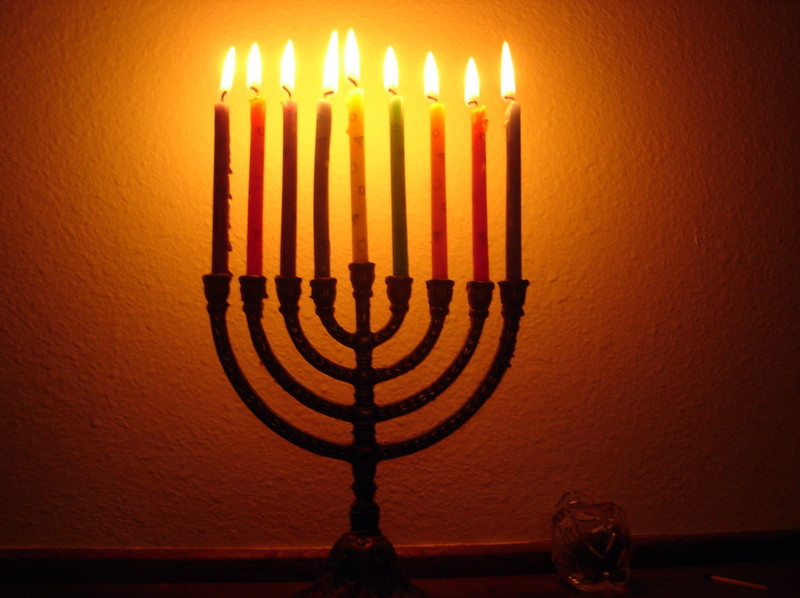
Hanukkah
By Lisa Grissom
Hanukkah, Chanukah, (חֲנֻכָּה or חֲנוּכָּה) or Hanukka in Yiddish, is an eight-day Jewish festival that celebrates the recovery of the Second Temple by the Jews of Judea, also known as the Maccabees. Led by Judah, this group of scrappy Jewish rebels rose against the oppressive King Antiochus IV…(more)
Harissa is a hot chili pepper paste that originated in Tunisia. It contains roasted red peppers, Baklouti peppers (Tunisian chili peppers), olive oil, and a blend of spices. A variant called Rose Harissa is made with rose petals.
The Holocaust refers to the multiyear, mass subjugation and murdering of 6 million Jews under the Third Reich. While other groups such as Romani and gay men were targeted with similar precision and violence, the sheer intensity of institutionalized antisemitism and the scale of the devastation of European Jewish communities was such, that histories understandably tend to focus on Jewish suffering during this period.
The Idelsohn Society for Musical Preservation is a volunteer-run, non-profit organization, made up of a small-but-dedicated team from the music industry and academia. The Society takes its name from Abraham Zevi Idelsohn…(more)
Intergenerational or “inherited” trauma refers to the notion that the negative effects of traumatic experiences can be passed down to future generations…(more)
Israel has at least four meanings in Jewish culture:
1) The name given to Jacob after he wrestles with an angel.
2) A name that traditionally refers collectively to the Jewish people.
3) The name of the ancient Northern Kingdom of Israel that fell to the Assyrians in the 8th century BCE.
4) The name for the modern nation state officially founded in 1948.
The Jazz Singer is a 1980s film starring Neil Diamond as a talented vocalist torn between tradition and family, and his dreams of becoming a successful pop singer. Starring Neil Diamond and Laurence Olivier, The Jazz Singer tells the story of fifth-generation cantor Yussel Rabinovitch (played by Diamond)…(more)
The Jewish or Hebrew calendar is a lunisolar calendar governed by a relatively complex set of rules and stipulations dating back to year one, which is estimated to be in the year 3761 BC. This was established as the biblical Date of Creation by Maimonides.
Legends of Jews using magic beams of power have a long and august history. Stories that involve laser beams shooting out of eyes play a narrative role amongst two of the most important 2nd century CE rabbis, whose teachings are anthologized in the Talmud…(more)
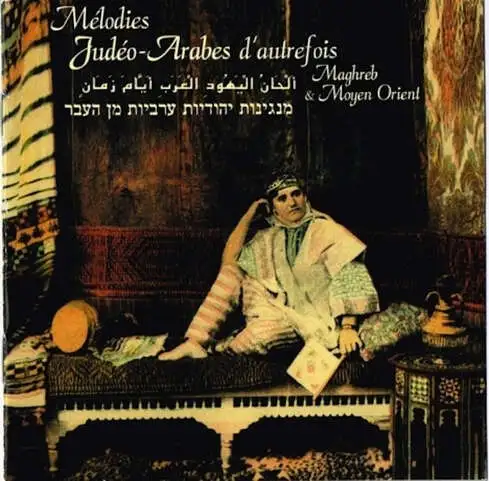
Judeo Arabic
By Regine Basha
Judeo Arabic or “Haki Mal Yehud” is a dialect of Arabic spoken within the Iraqi-Jewish community of Baghdad and Basra (see cultural theorist, Ella Shohat’s unpacking of the term Judeo-Arabic)…(more)
Kitniyot (קִטְנִיּוֹת) refers to grains that are typically not permitted for consumption during Passover according to Ashkenazi and some Sephardic customs. However, there is a long-standing custom that several Sephardic and North African Sephardic communities permit the consumption of kitniyot over Passover.
Literally translated from Hebrew to mean “fit” or “appropriate,” Kosher foods follow a strict set of laws set forth in the Torah.
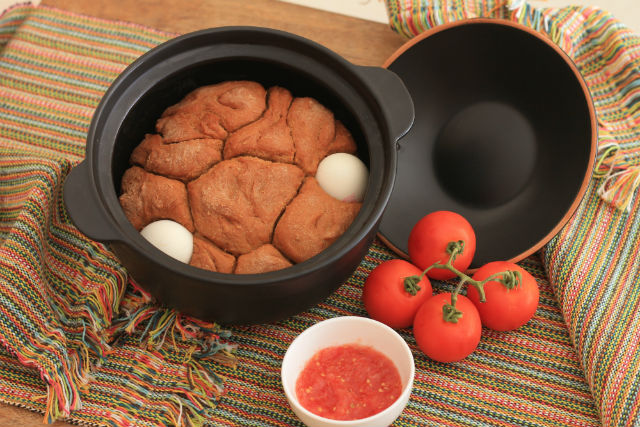
Kubaneh
By Tabby Refael
Most Jews (and a growing number of non-Jews) know about challah, the braided Shabbat bread whose origins date back to Germany and are embraced by many Ashkenazi Jews worldwide. However, many are unfamiliar with various Sephardic and Mizrahi Shabbat breads that have also been prepared for centuries in communities ranging from North Africa to the Middle East…(more)
Kubbeh (Kubbe, Kubba) can refer to either bulgur and wheat dumplings stuffed with a meat filling, or to a family of Iraqi and Kurdish-Jewish dishes consisting of these filled dumplings in a soup base. The dumpling filling and soup broth vary depending on the recipe and the region.

Kuku Sabzi is a Persian dish made of eggs, fresh herbs, and spices, that is baked and served at room temperature. Kuku Sabzi is typically served during the Persian New Year, Norwuz…(more)
It’s hard to think of Hanukkah without latkes, a flattened, pancake typically made from potatoes and fried in oil.
There are numerous stories relating to the importance of this delicious dish. Some theories suggest that the oily nature of latkes symbolizes the miracle of Hannukah (where a small amount of oil lit the ancient temple for an absurdly long amount of time) and that ancient Jewish people ate potatoes.
Lionel Ziprin was a born-again Hasidic Jew whose past was anchored in the artistic movements of the ’50s and ’60s. As a child, he was plagued by epilepsy and rheumatic fever, after which he had visions, such as seeing the Bible come to life in his grandfather’s house…(more)
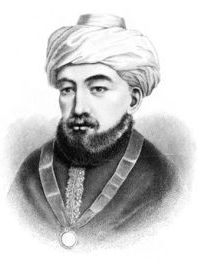
Maimonides
by Tabby Refael
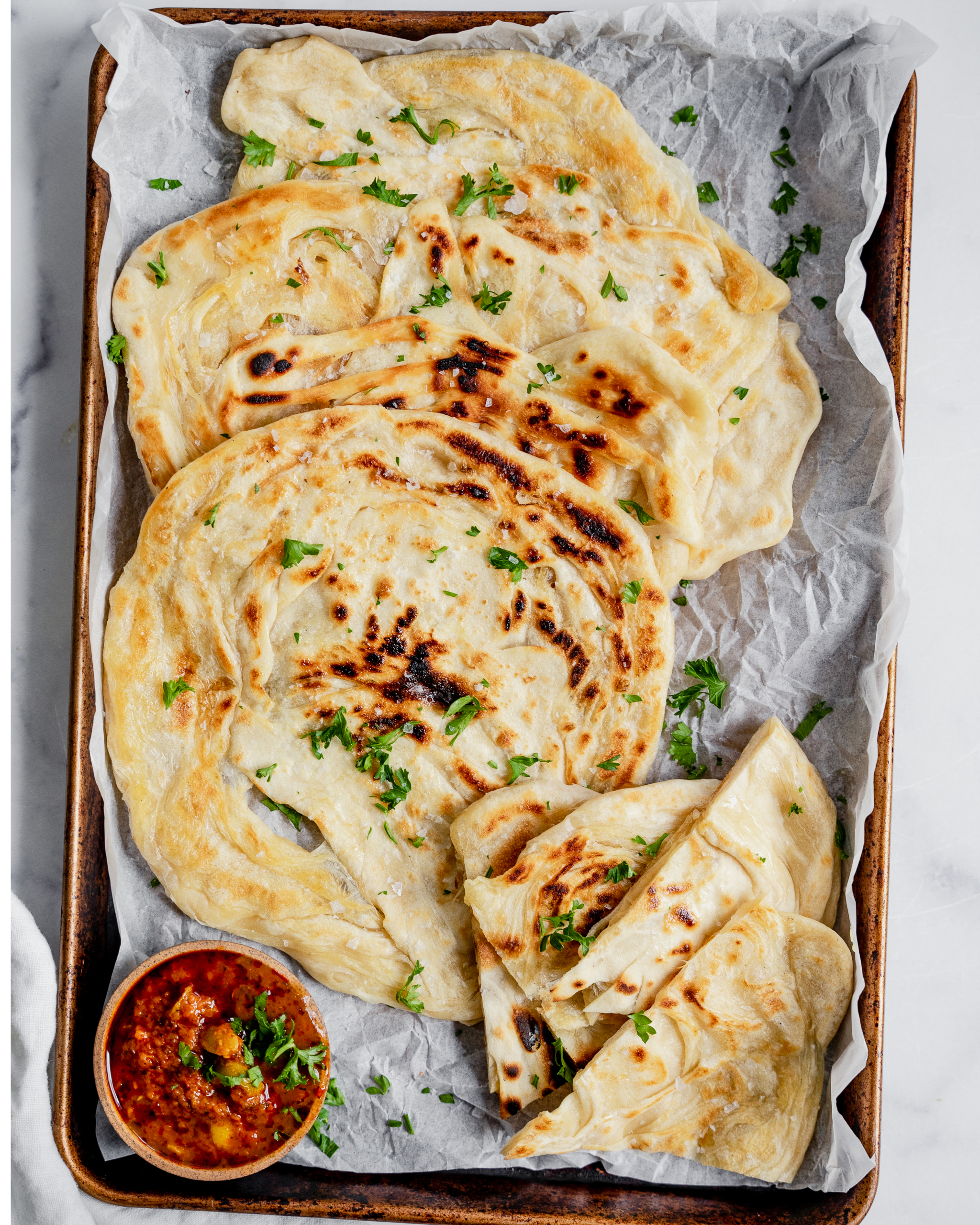
Malawach is a buttery, flaky flatbread that Yemenite Jews introduced to Israel in the 1950s. It’s typically made with a lot of butter and no eggs or oil, and served with a drizzle of honey, or as a savory breakfast with boiled eggs, tomato, and zhug. The dough is stretched paper thin, and brushed with butter (or ghee), folded, rolled, and knotted before cooking in a hot skillet.
A flat plateau sitting on a rock cliff in the Judean Desert, Masada is a popular site visited by locals and tourists alike. The site of an ancient Roman siege on a rebellious group of Judeans, this rocky outcrop has come to represent the strength of the Jewish people and their connection to the land in Israeli society.
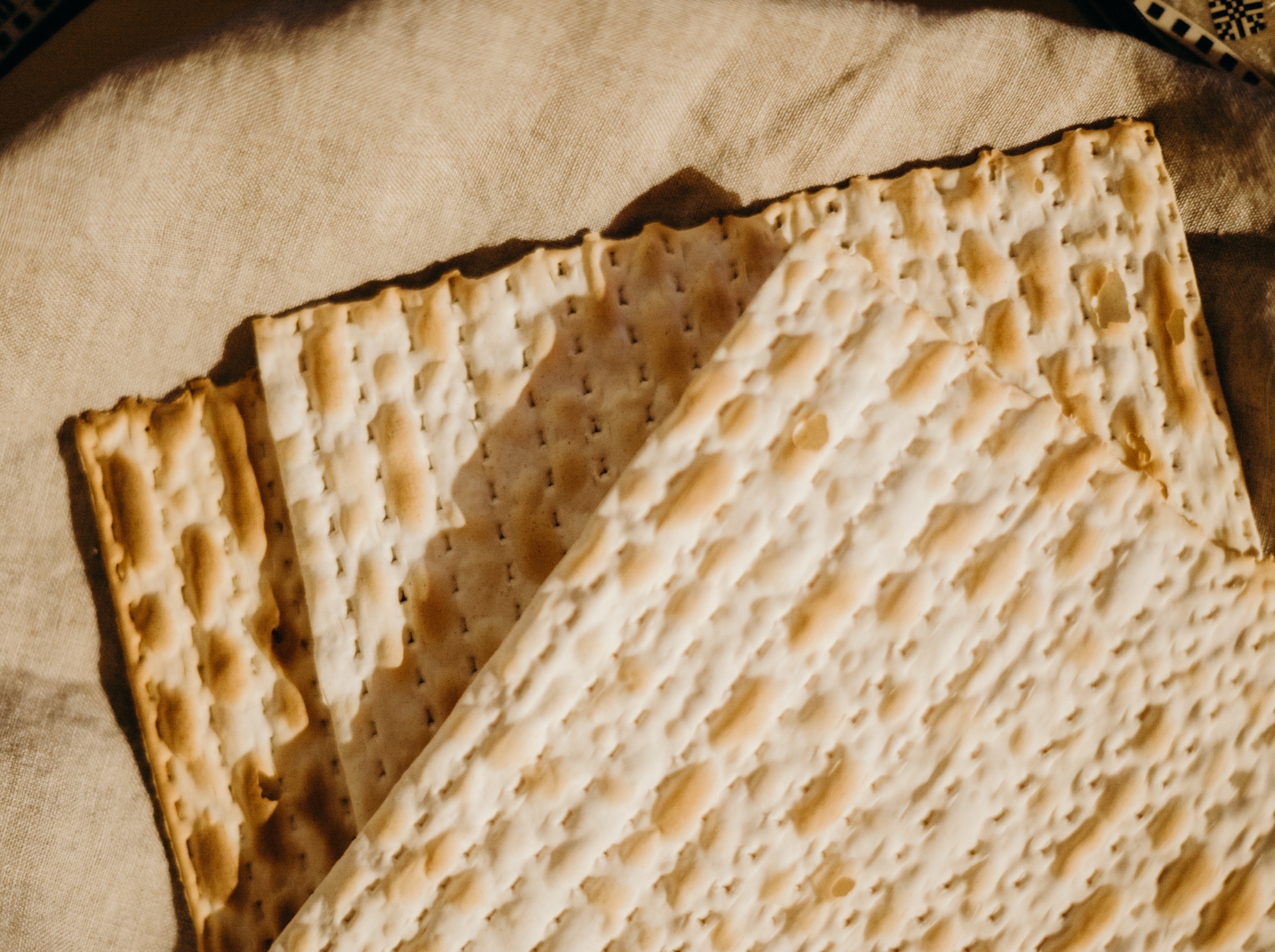
Matzah
By Becky Adelberg
Traditionally eaten over the Passover holiday, Matzah (מַצָּה) or Matzo, is an unleavened bread filled with symbolism. Particularly, it harkens back to biblical times during the Exodus from Egypt, when the Israelites did not have enough time for their bread to rise. Matzo is considered lechem oni, “poor man’s bread”…(more)
Maven
By Eddy Portnoy
Maven: (n. מבין, from Yiddish via Hebrew, a person who understands). A self-proclaimed expert on any topic or issue; or, an actual expert on any topic or issue. Differentiating between a self-proclaimed maven and an actual maven requires the ability to determine whether the hubris of the former leads to any genuine knowledge or…(more)
Mi Sheberach is the traditional prayer for healing in Jewish communities. A version of the Mi Shebeirach was popularized by the Jewish folk musician Debbie Friedman, which is embedded below. The prayer’s name is taken from the first two words that are recited…(more)
A ritual bath, most commonly used by women, in which Jews ritually cleanse themselves in order to perform certain ritual actions.
Meaning “commandment,” a mitzvah is taken very seriously by more devout Jews, who consider them to be guidelines from God. You’ve likely heard “mitzvah” used in everyday contexts regarding a kind act. But did you know there are technically 613 mitzvot (pl) in the Hebrew Bible? Those are a lot of guidelines!
Mizrahi (or Mizrachi) Jews are descendants of Jews from North Africa and the Middle East. The oldest and largest Mizrahi communities were in modern-day Iraq, Iran, and Yemen. However, since there are many Jewish communities across these regions, not all Middle Eastern and North African Jews identify as Mizrahi. Today, most Mizrahi Jews live in the U.S. and Israel.
Old Testament
By David Katznelson
The Old Testament is the name given to the Torah by Melito of Cardis in the 2nd century CE. It is comprised of the 24 books of the Hebrew bible or Tanakh. The Old Testament is a collection of Hebrew writings and the New Testament is written in…(more)
A loose denomination of Judaism that maintains traditional observance and practices.
Passover
By Kendell Pinkney
Passover (Hebrew: פֶּסַח; Transliterated: PAY-sach) is a major, seven-day holiday that commemorates the Jewish people’s harrowing Exodus (lit. from the Greek “way/road out”) from Egyptian slavery to freedom. As straightforward as this time of commemoration may seem to us today, the history of Passover is quite complex…(more)
A spiritual leader and teacher in the Jewish faith. Rabbi are trained in the law, practices, and religious themes that comprise Judaism — though they may also be involved deeply in matters of activism, education, and more.
A liberal denomination of Judaism that viewed Judaism less as a religion that makes true or false supernatural claims than as a socially dependent, historical complex way of being in the world. Practically, this might look like resisting belief in God, but deciding to observe more traditional forms of Jewish practice as a means of honoring one’s heritage and forebears.

Rosh Hashanah
By Nicola Behrman
Rosh Hashanah, aka the Jewish New Year, is a major holiday. It translates from Hebrew to “Head of the Year” and commemorates the birth of the Universe (no biggie), the birth of Adam and Eve, and…(more)
Hebrew for “order,” the seder is a deeply performative, highly structured ritual meal traditionally held at Passover.
Guests read the seder from a Haggadah and loosely recount the story of the Exodus with lots of other commentary.
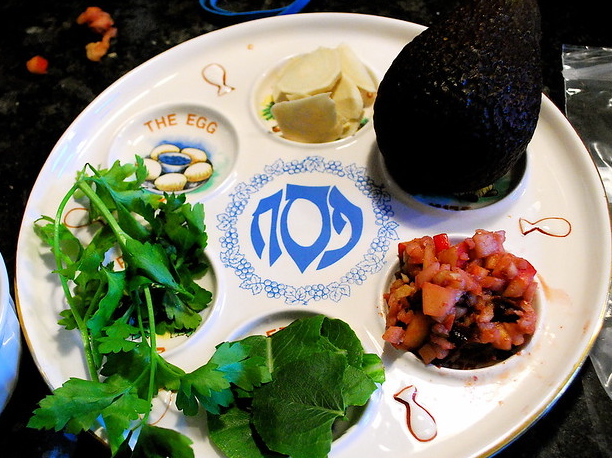
Seder Plate
By Becky Adelberg
During Passover, the seder plate is used to help retell the story of Passover and the Exodus from Egypt. Historically, seder plates differed from today’s plates, which are made from ceramic, china, or silver. The original seder plate was said to have been made from wicker, in which Passover’s symbolic foods were placed…(more)
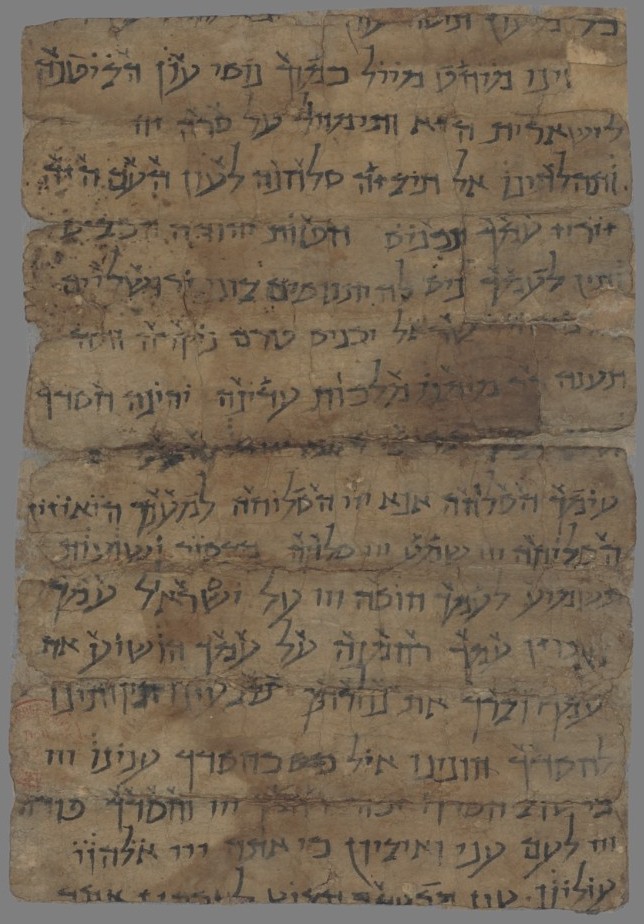
Selichot
By Tabby Refael

Shabbat
By Tiffany Shlain
More than three thousand years ago, the concept of Shabbat transformed the world. Before then, time had no pauses: it was day after day after day. Shabbat made it so each week ended with a day off, for everyone, of every social class. The run-on sentence of time got a period, and humankind got a chance to catch its breath and focus. Tiffany Shlain shares how, all these years later, taking a full day off lets us be present with one another…(more)
Meaning to “hear,” Shema is one of the most important daily prayers in Judaism that acknowledges a commitment to the oneness of God.
Shlemiel
By Eddy Portnoy
Shlemiel/Shlimazl (n. שלומיאל שלימזל, from Yiddish). While both of these words can be used independently, they are often defined in tandem. A shlemiel is a clumsy, incompetent person — someone who seizes failure with both hands. A Shlimazl is a hapless type, a person permanently behind the eight ball, who attracts bad luck like a magnet…(more)

Shofar
By Kendell Pinkney
The shofar is a ram’s horn used in traditional Jewish rituals at various times of the year (i.e., the month of Elul, Rosh Hashanah, and Yom Kippur). In ancient times, it was blown in battle to alert or rally the Israelite troops…(more)
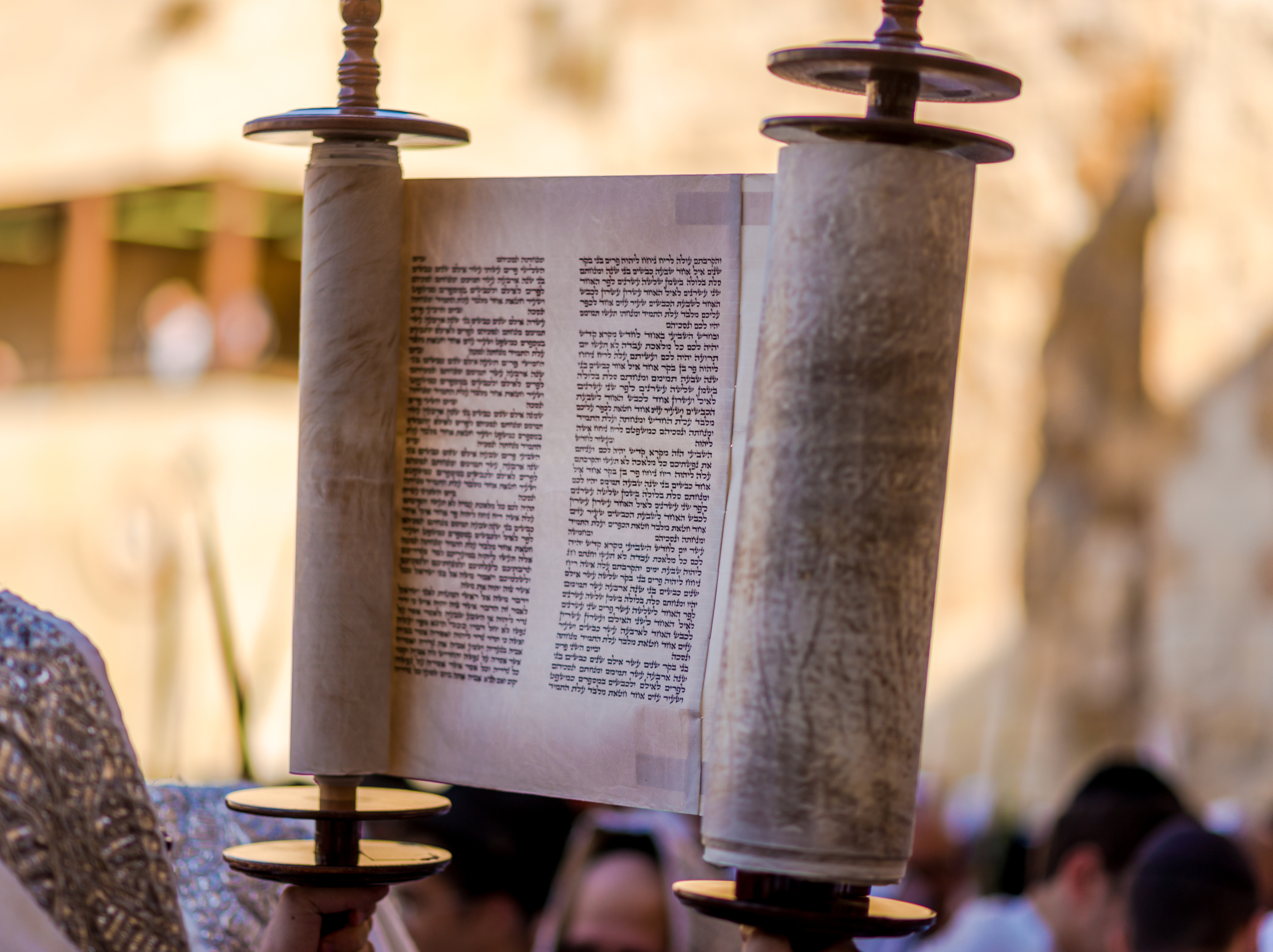
Simchat Torah
By Kendell Pinkney
Simchat Torah (Hebrew: שִׂמְחַת תּוֹרָה; Transliteration: sim-CHAT to-RAH), lit. “the rejoicing of the Torah” is a fall celebration that marks the end of the yearly Torah reading cycle. In many Jewish communities, the festivities are marked by removing all Torah scrolls from the ark…(more)
Named after temporary makeshift structures called a “sukkah,” Sukkot is a week-long holiday that takes place five days after Yom Kippur.
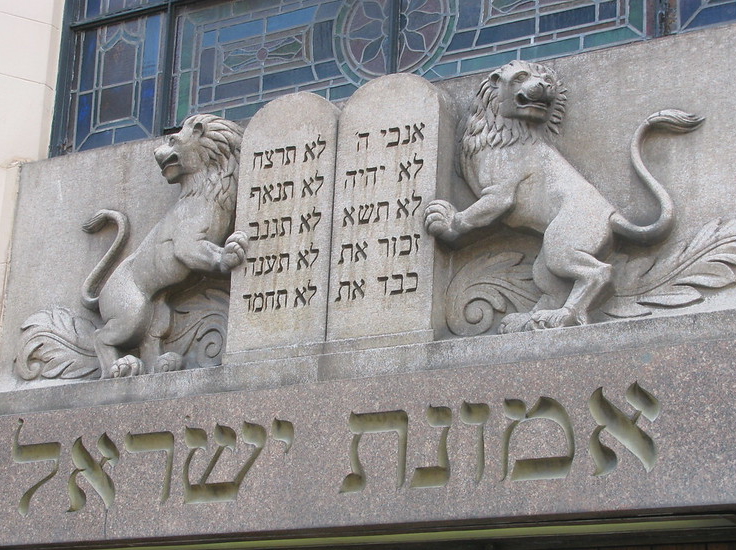
The Ten Commandments
By AJ Jacobs
Also called the Decalogue, the Ten Commandments are the most famous and influential “top 10” list in history. The Ten Commandments can be found in the Bible in two sections – Deuteronomy and Exodus – using slightly different wording…(more)
One of the most used Jewish phrases applied to society at large, tikkun olam is loosely translated to “repair the world.”
The heart of religious Jewish faith and law, the Torah technically refers to the first five books of the Hebrew Bible (or Tanakh).
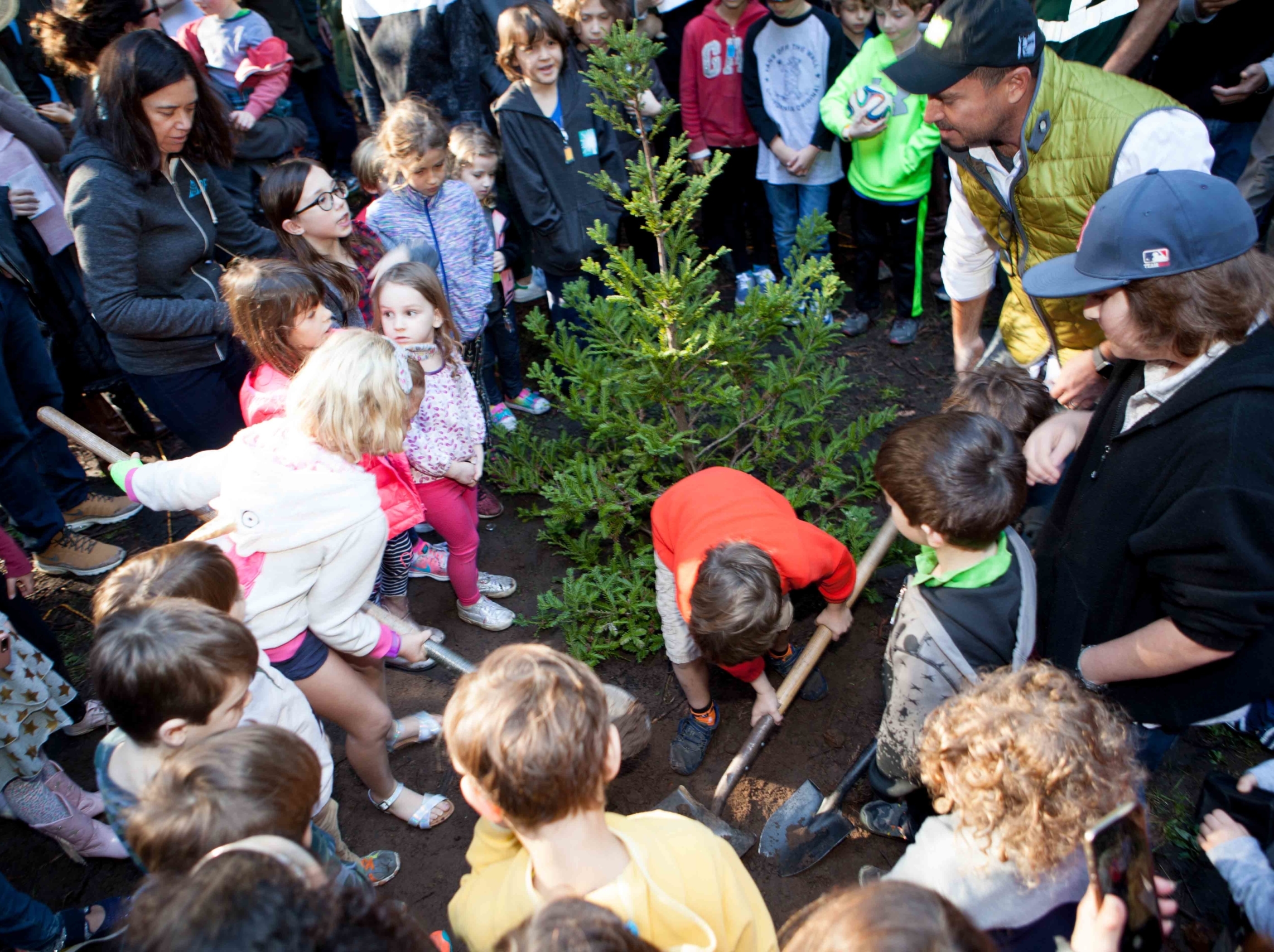
Tu Bishvat
By Zach Rogue
The holiday Tu Bishvat (ט״ו בשבט) is an arboreal celebration also known as Rosh Hashanah La’llanot, literally “New Year of the Trees.” In contemporary Israel, the day is recognized as an ecological awareness day, and trees are planted in celebration…(more)
Unleavened refers to a type of bread made without the benefit of leavening agents, known as raising agents. The most popular of these agents is yeast, but other agents include ginger beer, kefir, and sourdough starter…(more)
One of the holiest days in the Jewish calendar, Yom Kippur is the “Day of Atonement” — the day that Jews ask God’s forgiveness for their sins from the previous year. Those who observe abstain from food, drink, and merriment for the duration of the holiday, spending the day in synagogue.
Za’atar is a Middle Eastern spice blend consisting of dried sumac, sesame seeds, salt, and savory herbs such as oregano, marjoram, or thyme. Depending on the region, cumin, coriander, fennel seeds, or caraway seeds may also be added. Za’atar is frequently used in Middle Eastern and North African cuisine.
Zeyde is the historical Yiddish word for grandfather, while Bubbe means grandmother. Though it is a term that may be diminishing in popularity, it rose in prominence in the 2020 election, as Bernie Sanders became known as Zeyde or Zayde Bernie. This was perhaps the largest injection of Yiddish into the political and mainstream world since Joe Lieberman…(more)
